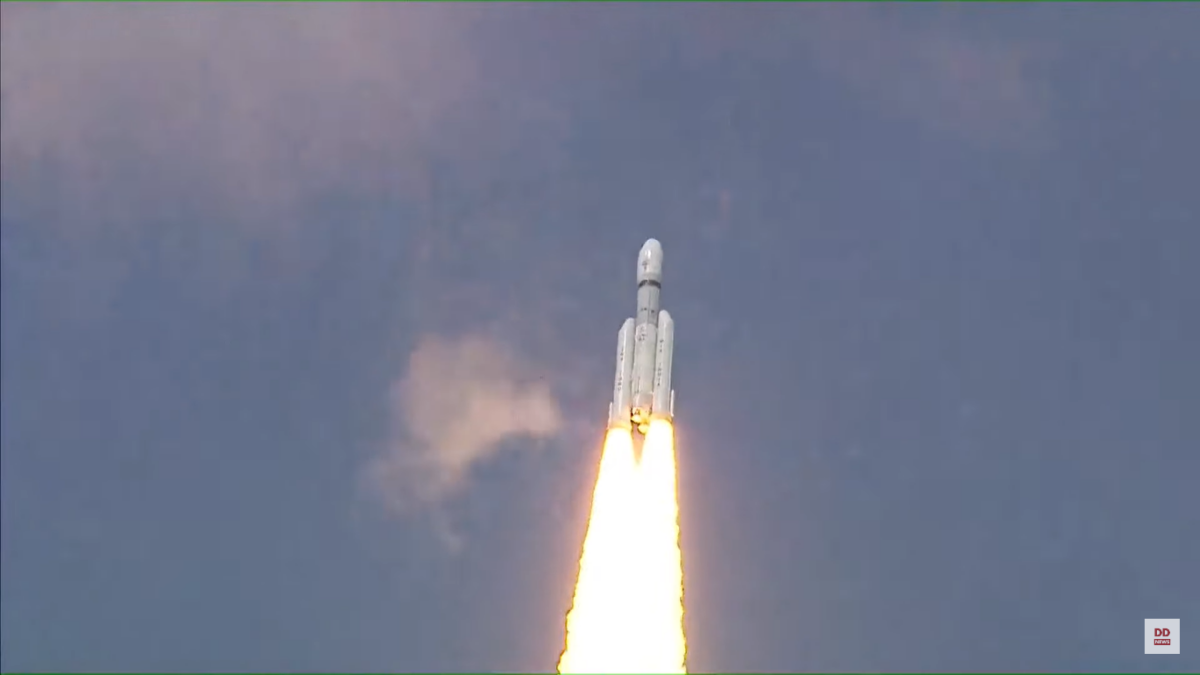
Chandrayaan-3: This is the follow up test by the Indian Space Research Organization (ISRO) after the Chandrayaan-2 mission encountered problems during its descent in 2019.
India’s third lunar exploration mission, Chandrayaan 3, has been successfully launched on time from the Satish Dhawan Space Station in Sriharikota, Andhra Pradesh. The mission will make India the fourth country to land a spacecraft on the moon’s surface, demonstrating the country’s ability to land safely and gently on the moon. The
spacecraft was launched aboard the GSLV Mark 3 (LVM 3) heavy-lift vehicle.
The spacecraft’s journey from Earth to the Moon will take about a month and is expected to land on August 23. After landing, it will run a lunar day, which is about 14 Earth days.
1 day of the month is equal to 14 days on Earth.
This is the test followed by the Indian Space Research Organization (ISRO) after the Chandrayaan-2 mission encountered problems during landing in 2019.
Chandrayaan 3 will enter lunar orbit after the orbital elevation maneuver. It has traveled more than 300,000 miles and will reach the moon in the next few weeks. The scientific instruments on board will study the moon and improve our knowledge.
Chandrayaan-3 is equipped with landing, rover and propulsion modules. It weighs about 3,900 kg.
Ahead of the launch of Chandrayaan 3, India’s lunar mission, experts and students from the Central Instrument Room and Training Center (CTTC) there are eager to see the vehicle land successfully within a month, as the agency provides the essentials for the mission.
L Rajasekhar, Director of CTTC Bhubaneswar, said, “We are worried and feel students are waiting for the exam.
Bhubaneswar Center from 23 CTTCs across the country has been certified by ISRO for accurate and sensitive data processing projects. Central PSU based in Bhubaneshwar, LVM3 (Mark-III launch vehicle) manufactures various types of flow control valves, sensors and regulators for the separation of Chandrayaan-3 from the vehicle.
The facility also provides gyroscopes, pusher walls and components, and sensors. CTTC has also developed some links and components for the wheel mechanism of the lunar lander for the soft surface of the moon next month.

